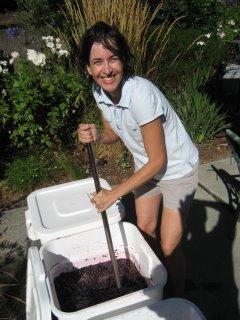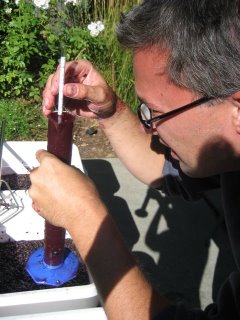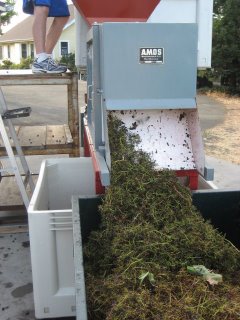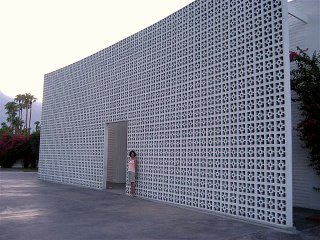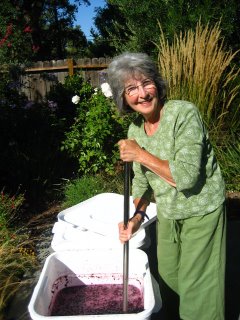
My mom’s arm was almost amputated because of a bee. When she was 3, her arm ballooned from her wrist to her shoulder. They chose to cut into her to drain the blood before the poison spread to her heart or brain. It worked, but my mom still lives with 3 scars down her arm. She hasn’t been bitten since.
I inherited a fraction of my mom’s susceptibility. A histamine reaction, meaning that I swell up and bruise dramatically.
Bees periodically remind me of their hold over me. It started when I was a toddler in Toronto, during a family vacation. When I call to mind this trip, my memory only encompasses the handful of photos from a creaky green mottled album: my aunt and cousin Howard at a picnic table; my sister pointing at Canadian geese, awestruck; my mom holding me by a Shamu stroller; a zoomed-in photo of me on an aerial tram.
In this last one, I’m squinting and somber in a chestnut brown and white checkered dress. A dark ring encircles my left eye like that dog in Little Rascals. The whole photo seems cast in sepia, as though the bee's venom leaked over the whole day. Apparently, the incident closed out our trip; there’s a subsequent photo of me in pigtails and a fuzzy pink sweater smelling a gigantic crimson rose on a bush along our driveway in Cleveland, sweet but for my black eye.
There were a couple of traumatic and nauseating extractions of stingers by tweezers from the bottoms of my feet. A consequence of running around our swath of lawn barefoot to access a plastic wading pool, oblivious to the hundreds of dandelions and their attendant bees. No swelling, though, when one endures a tonging.
In college, when I worked the mobile lemonade stand along the busiest part of Bruin Walk near the student store, an itch drew me to crush a yellow jacket into my ankle with my shoe. My foot bulged so that I couldn’t wear anything but flip flops for several days. The emergency room doctor prescribed OTC antihistamine, ignoring my hysteria.
This past spring, while touring some gardens, a bee flew up my skirt and understandably panicked. I made a beeline (ha) for the restroom which thankfully was deserted so that I could verify in the mirror a bright red sting on my rump. Two days later, the venom inside turned hard and seeped into most of my right cheek. Though I'm long healed, I still sit atop the appended pillow when at my desk chair.
July 4th marks the most recent encounter, when I prepped my first South Carolina pulled pork. At the appointed hour, I reached under the grill to twist on the propane. A sharp jolt tossed back my hand, an apparent electrical charge -- or so I thought until a couple of irate yellow jackets crisscrossed the vicinity. I peeked under the grill overhang, and discovered a busy hive just above the crank for the propane. After cursing the creatures, blasting them with inadequate dregs from a can of hornet spray, and bravely diving in to turn on the tank, the propane can proved empty and the hour too late on a holiday for a refill. I salvaged the night by hauling my 5 pounds of pork butt and bloated hand to the out-of-town neighbors’ grill.
My mom says she doesn't fear bees; in fact, the bottle brush in her yard breed them, and you can't sit on her patio in the summer without hearing their faint buzzing underneath the breeze. Perhaps respect fits better. They co-exist.

 We brought our science project inside. The nights have cooled considerably, dropping into the 40s. The energy of fermentation defies the weather to some extent; our grape juice has held around the mid 60 degree mark.
We brought our science project inside. The nights have cooled considerably, dropping into the 40s. The energy of fermentation defies the weather to some extent; our grape juice has held around the mid 60 degree mark. (2)
(2)  Our nightly monitoring of brix levels indicates sluggishness in the sugars’ march toward elimination. Last night, we recorded just 1.5 degrees of change, half as much as the prior readings.
Our nightly monitoring of brix levels indicates sluggishness in the sugars’ march toward elimination. Last night, we recorded just 1.5 degrees of change, half as much as the prior readings.









